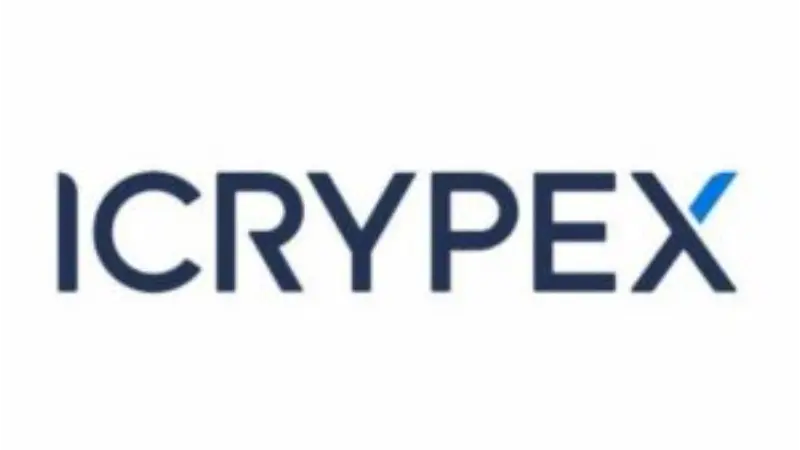
Pricing Effects of BCH and BSV Reward Halving with Days Left
BCH and BSV denominated bitcoin (BTC) in 2017 and 2018 respectively It is two cryptocurrencies that broke away from BTC after its hard fork and were welcomed with interest by crypto money investors. While BTC’s reward halving process is busy after the black day when Bitcoin mining was affected, the effects of the reward halving expected to occur in the coming days in BSV and BCH are among the topics of curiosity.
The reward halving of all three cryptocurrencies will occur one after the other, and BSV and BCH will experience their first reward halving. After the process, the reward amount for each miner will be reduced from 12.5 to 6.25. The fact that the halving of BCH and BSV coincides with a date earlier than BTC’s reward halving raises several possibilities above the BCH and BSV prices.
With the reward halving, will miners turn to BTC?
Currently, there are 282 blocks to be completed in BCH and 503 blocks in BSV, and the halving is expected to occur when these blocks are completed consecutively within 3 days. BTC’s reward halving is approximately 37 days, that is, more than 1 month. As such, many different opinions about these halvings emerge in the crypto money market.
One of these views is that BSV and BCH miners will switch to BTC mining after the halving. Thus, the miner will be able to receive 12.5 rewards instead of 6.25 with a time frame of more than 37 days. In such a cycle, it is conceivable that the shift of some of the miners from BSV and BCH to BTC with this in mind could trigger an upward movement in prices. Under normal circumstances, less BSV and BCH will enter circulation with the reward halving. In this case, if the demand remains the same or the supply remains limited with the increase, it will reflect positively on prices after the halving. On top of that, the miner’s withdrawal from BSV and BCH could further limit supply.

In general, when the graphs of both crypto coins are examined since the day they were created, it is observed that they are affected by the global issues that occur in the reward halving process like other crypto coins. In the process, BSVUSD tested the 460 level and entered the withdrawal process, while BCHUSD pushed the 500 level.
Cryptocurrencies, which are approaching halving processes by facing selling pressure after reaching peaks, need to overcome critical resistances, although they gradually rise. However, in this case, the limited supply and the constraints that may occur as a result of a possible shift of the miners may pave the way for the pricing of 2020 to be seen again. Considering that COVID-19 was reflected in the financial markets during the year, pricing during and after the period should be followed in line with the developments.